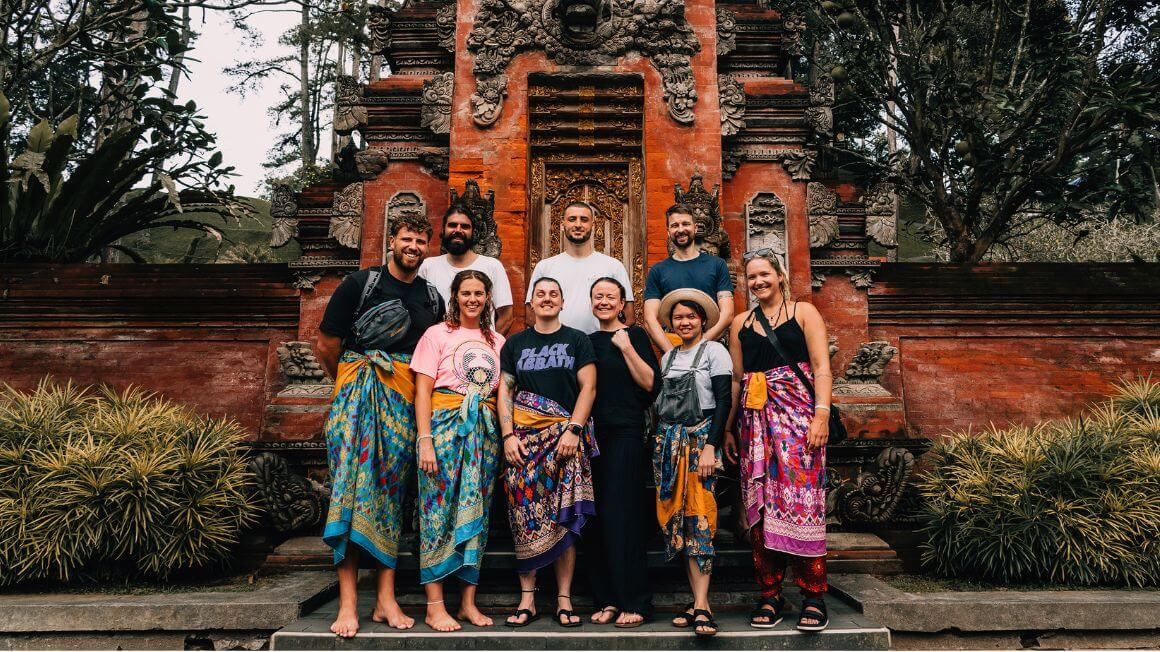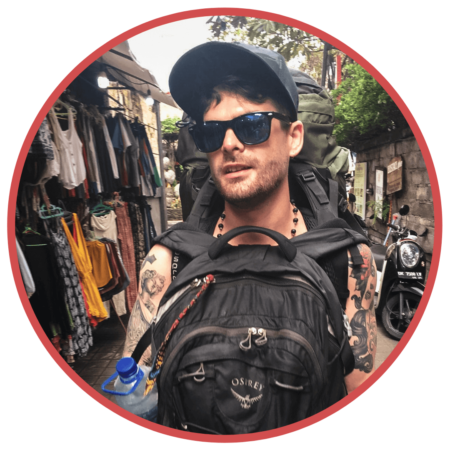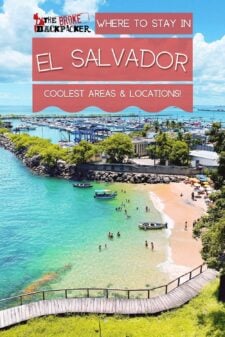Fuerteventura captivates people from the moment they hear its unusual name. From volcanic mountains to sunset on beaches that rival the Caribbean, Fuerteventura has a lot going for it. It was originally a UNESCO Biosphere Reserve, which tells you all you need to know about the island’s raw nature.
So before you set off to catch the geological marvels, let’s first look at how and when to come, along with its costs, what to do, and how to get around.
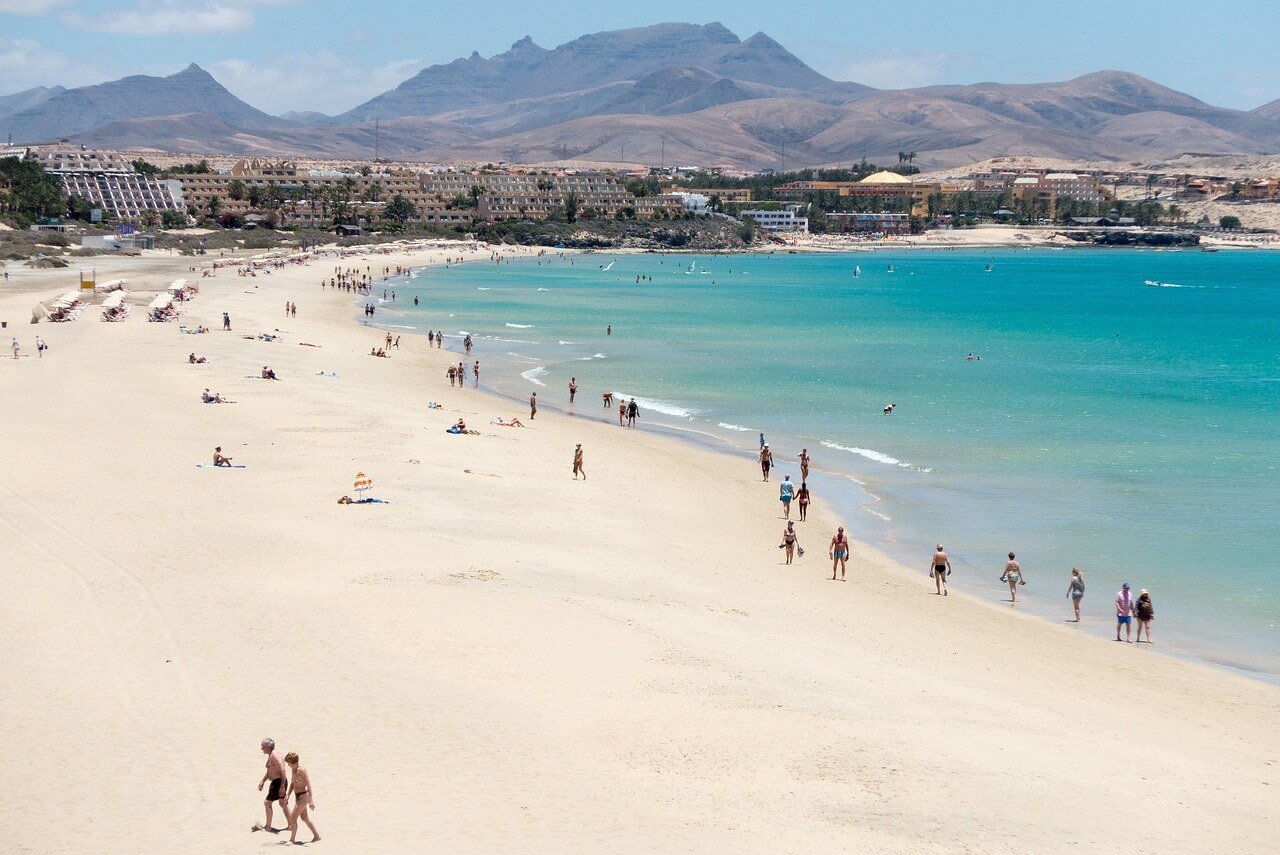
The Broke Backpacker is supported by you. Clicking through our links may earn us a small affiliate commission, and that's what allows us to keep producing free content 🙂 Learn more.
When to go & for how long?
Fuerteventura is famous for its mild climate, earning it the nickname “Island of Eternal Spring.” Average high temperatures hover around 21°C in the winter, making it the perfect winter getaway for those living in Northern Europe. In summer, it averages around 28°C, which is a nice beach temperature for getting a tan and enjoying water sports in the warm sea.
June to September is technically peak season, but its attraction as a winter destination means that prices on HD Hotels — particularly when using the vast and stunning resort of Lobos Natura Hotel as an example — are relatively consistent all year round. So the good thing about Fuerteventura is that it doesn’t have extreme fluctuations in populace, meaning everything doesn’t close down during winter, unlike many Spanish mainland tourist cities.
10 days is considered the perfect time to go, as it gives you enough time to hit the main attractions, venture for some hikes, but also lay around the stunning beaches and relax.
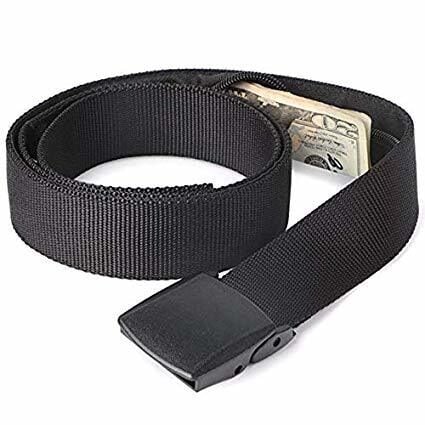
Stash your cash safely with this money belt. It will keep your valuables safely concealed, no matter where you go.
It looks exactly like a normal belt except for a SECRET interior pocket perfectly designed to hide a wad of cash, a passport photocopy or anything else you may wish to hide. Never get caught with your pants down again! (Unless you want to…)
Hide Yo’ Money!Budgeting your adventure
Your Fuerteventura budget will deeply depend on your own preferences. For those looking to eat at fine seafood restaurants and drink cocktails, they may easily spend €100 a day. However, budget-conscious travellers could spend half of that by exploring the (free) natural surroundings on foot, and eating at local cafes that are modestly priced. Remember, credit cards and contactless payments are widely accepted, but bring cash for smaller village cafes and markets. Check out our Travel Banking guide for more tips.
Flights and arrival logistics
Most international visitors arrive via Fuerteventura Airport (FUE). This is officially known as El Matorral Airport and it’s conveniently located near the capital, Puerto del Rosario. Many European hubs offer direct flights there, including budget carriers like Ryanair, along with flag carriers and package holiday companies like TUI.
For those getting a taxi or picking up a car at the airport, the journey to the capital city is a grand total of 6 minutes. On the bus (ALSA – L3) it’s 11 minutes, and this departs roughly every half hour.
Getting around Fuerteventura
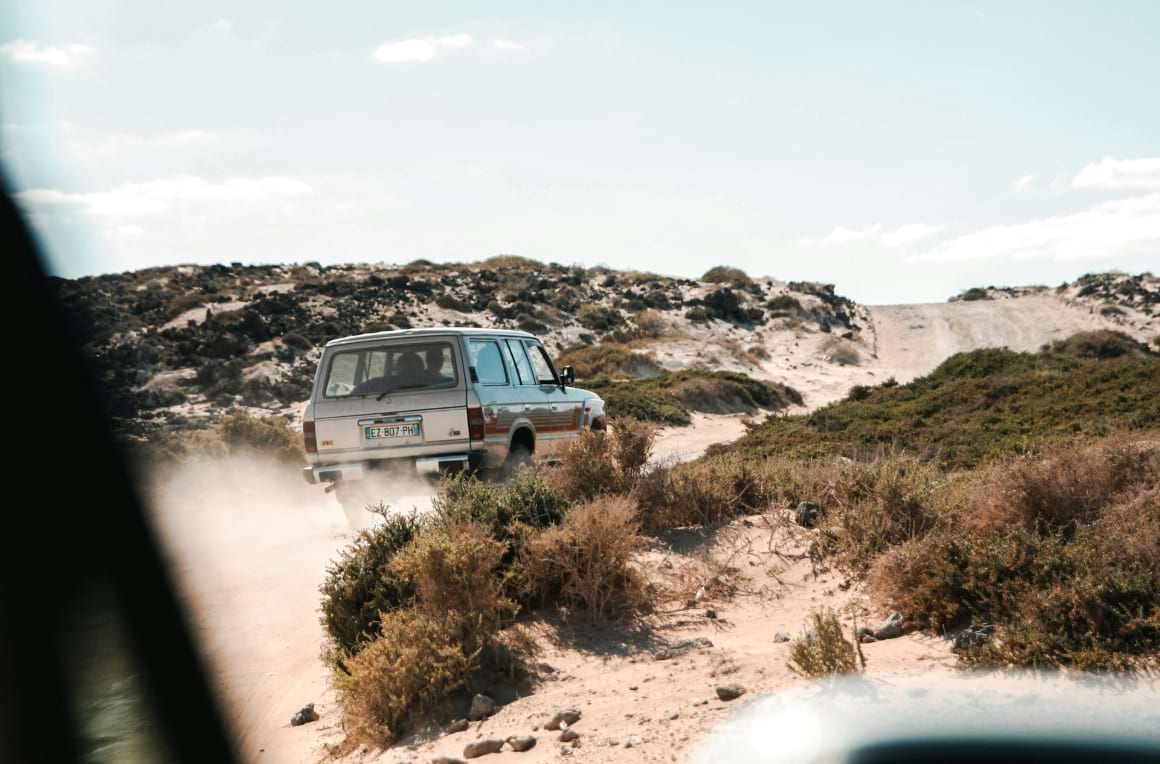
Renting a car isn’t a necessity, but it opens up a lot more experiences. Being able to drive directly to a remote beach like Cofete in under two hours (from the capital) is much more appealing than taking a 4.5-hour bus ride (where you must change buses halfway) — especially when you can stop off at roadside eateries and take detours.
Having said that, the island’s public bus network — which is known as ‘Guaguas’ — does a great job of connecting major towns and resorts. Taxis can fill in the gaps, but renting a car should still be considered.
Choosing your Fuerteventura base
Choosing your base depends on your holiday style, of course, but Corralejo in the north cannot be denied as a lively resort town with a close proximity to the Grandes Playas dunes harbour. This also opens you up to Lobos Island trips, which is a smaller island close by with stunning dunes and resorts of its own.
Caleta de Fuste on the East Coast offers the most family-friendly atmosphere, with a sheltered beach central location along with some golf courses. The Southern Jandía Peninsula which has Morro Jable and Costa Calma surrounding it has extremely golden beaches that are difficult to forget. Sotavento is also a windsurfing mecca, making it relaxed and popular with German tourists. But, where there’s windsurfing, there’s wind.
For some more rustic charm, it’s worth considering El Cotillo on the West Coast. This is a fishing village with lagoons and a few surf spots, as well as the historic inland capital Betancuria.

Our GREATEST Travel Secrets…
Pop your email here & get the original Broke Backpacker Bible for FREE.
Unmissable things to do
Fuerteventura’s main draw is its coastline, but it’s also appealing because it’s less popular than Lanzarote, Gran Canaria and Tenerife.
The Corralejo Grandes Playas is an extremely deep beach, with white sand big enough to play an 11-a-side game of soccer on it. This big open space leads you to the adjacent Dunes National Park, which houses the massive Sotavento Lagoon, which is a famous and safe spot to try out some water sports.
Natural wonders are all around, but the Oasis Park Fuerteventura is a zoo and botanical garden with elephants, giraffes, and many exotic plants that are suited to the dry weather.
If you head north, the sacred Tindaya Mountain can be seen from afar. To the east of it is the Betancuria Rural Park, and this is where you want to do much of your hiking. Otherworldly rock formations are all around here, and you can climb quite easily to see some panoramic views, such as points like Mirador Morro Velosa.
Practical information
The official language is Spanish, but English and German are widely understood in tourist hubs. Learning a few basic Spanish phrases is always appreciated, though, and you’ll soon realise the island is exceptionally safe.
Tap water is desalinated and generally safe to drink, but most visitors (and even locals) prefer bottled water for taste. Bring Euro plugs if needed, and remember that pharmacies (‘Farmacias’) are found all around for minor health needs. The European emergency number is 112.
Conclusion
You now have a lot of the information that’s needed to pull the trigger on your Fuerteventura adventure, from the timing of the trip to the exploring of its landscapes. This Canary Island is genuinely unique, as they all are, but its low-key city mixed with incredible coastline makes it a trip suited to almost anyone. A car is recommended, as is sunscreen (even in winter), but the good news is that both weather, prices and things to do remain fairly steady all year round.
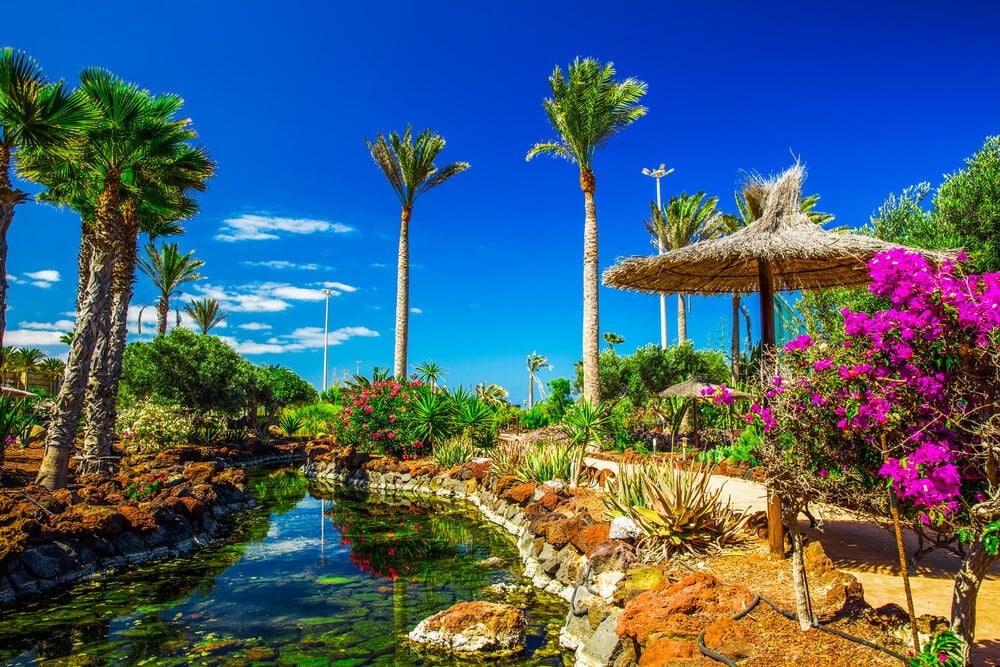
Buy Us a Coffee!
A couple of you lovely readers suggested we set up a tip jar for direct support as an alternative to booking through our links. So we created one!
You can now buy The Broke Backpacker a coffee. If you like and use our content to plan your trips, it’s a much appreciated way to show appreciation 🙂


